Natalie, while I’ll treat mine with different medicine, I feel your pain.
As a nonfiction writer, I’m not asked to change the ending of the story, introduce a new “character,” or move a scene from one locale to another. Yet, as in fiction, I need to make the motivations of the actors in my story clear (without ascribing to them thoughts they might not have had), heighten tension (without exaggerating the dangers they faced), and convey an arc (without making things up).
I can’t just stick to the facts; that would read flat, like the recitation of a timeline.  But, I need to make the facts stick to people and events in ways that make them bristle with life. What I’m learning is that I have to find the story before I can even begin to tell it. Fortunately, I “found” the Children’s March—a dramatic and well-documented civil rights episode I was ignorant of even though I had lived through its timeline. There’s hardly any tale more gripping than real children, in the form of black elementary and high school kids, facing off against really big and truly dangerous meanies, in the form of armed white policemen. But, even this tale could fall flat unless I tell it true—true not only to the facts but also true to good storytelling. Facts do not necessarily speak for themselves.*
But, I need to make the facts stick to people and events in ways that make them bristle with life. What I’m learning is that I have to find the story before I can even begin to tell it. Fortunately, I “found” the Children’s March—a dramatic and well-documented civil rights episode I was ignorant of even though I had lived through its timeline. There’s hardly any tale more gripping than real children, in the form of black elementary and high school kids, facing off against really big and truly dangerous meanies, in the form of armed white policemen. But, even this tale could fall flat unless I tell it true—true not only to the facts but also true to good storytelling. Facts do not necessarily speak for themselves.*
Perhaps because the events actually played out along the classic arc of a myth à la Joseph Campbell, few of my editors’ revisions have been structural. The exception to this generality, one I’m still struggling with, is the order and manner of conveying background information. (Like dreary discussions among adults that don’t involve the kids. She even told me she felt like she’d spent the month, while she was editing one chapter, locked in a city council meeting! At least I’d made the city council meeting realistic, even if it was boring.)
Mostly, therefore, we’re dealing with what I’ve learned are called line edits—missing transitions, inexact word choices, illogical sentence order, fact checking. When my editor sent the first major set of revisions last December, she helpfully explained, knowing that I’m a Debut Author, the process. First, we’d do line edits; that’s what she was sending me. Then, after I sent her my revisions, we’d review the manuscript. Then, we’d do copy edits. After that, it’s done.
At least, that’s how I read her shorthand timeline, which sounded snappy and straightforward. Line edits. Review. Copy edits. Done. So, when the emailed package arrived, I didn’t feel too daunted. Choosing words and ordering sentences are what I do.
Except, when I opened the files I literally couldn’t see her edits. It took me two days to figure out that I had to view them in Page Layout rather than Normal; that, even though the files were sent from a Mac to a Mac, I couldn’t print out a document that showed Insertions underlined and Deletions crossed through in the text and, at the same time, Comments in marginal balloons. Only my husband’s PC could do that. Why? Who knows? So, forget substance. My first revision hurdle entailed overcoming technology glitches. 
When I could finally look at her line edits in hard copy and try to make sense of them, it took me two-and-a-half months to review, revise, and respond to them. Word choices and sentence order turn out to be hard! Still, I figured that, very soon, I’d be on to copy edits. Then, I’d be done. You can tell what’s coming, can’t you?
Last week, I received another batch of…line edits. What happened to the copy edit stage? Turns out we’re still not ready for that. 
Nobody mentioned you might have to Mix, Shake, and then REPEAT before you get to Bake. Switching metaphors, I feel as if I’m hand-jiving, stomping, and hopping 90-degree turns in an endless Macarena. All circles, no forward motion. Though mindless, the Bunny Hop would be better; eventually, I’d get out the door. At this rate, could I be working on line edits for the rest of my life?
Actually, rather than turning in circles, maybe I’m making looping spirals. To return to the cooking metaphor, this round of edits has been sifted through a finer grade of mesh. Previously, my editor’s comments consisted of such broad-brush and thoroughly scary statements as, “I feel bogged down and confused here.” Now, I’m looking at “Delete ‘In Spring 1963’ and Insert ‘In the spring of 1963.’” Word choices. Of course, I’m also looking at the Comment “I think I need some clarity here.” Not exactly structural but beyond Cut and Paste.
When will I get to copy edits? Who knows?! But, not before my very careful, very amazing editor is ready for me to get that point in the timeline, which can’t be changed in history but, it turns out, can be revised, as needed, into the elusive future.
* Post postscript: After posting this, on my own post, I reread one of my editor’s comments. “Many revisions I’m suggesting are intended to minimize a tendency you have, understandably, to editorialize…You don’t need to tell the readers what you just showed them.”
Contrary to what I wrote in my original post, it turns out that facts do speak for themselves–a lesson I’m learning, thanks to her editing.





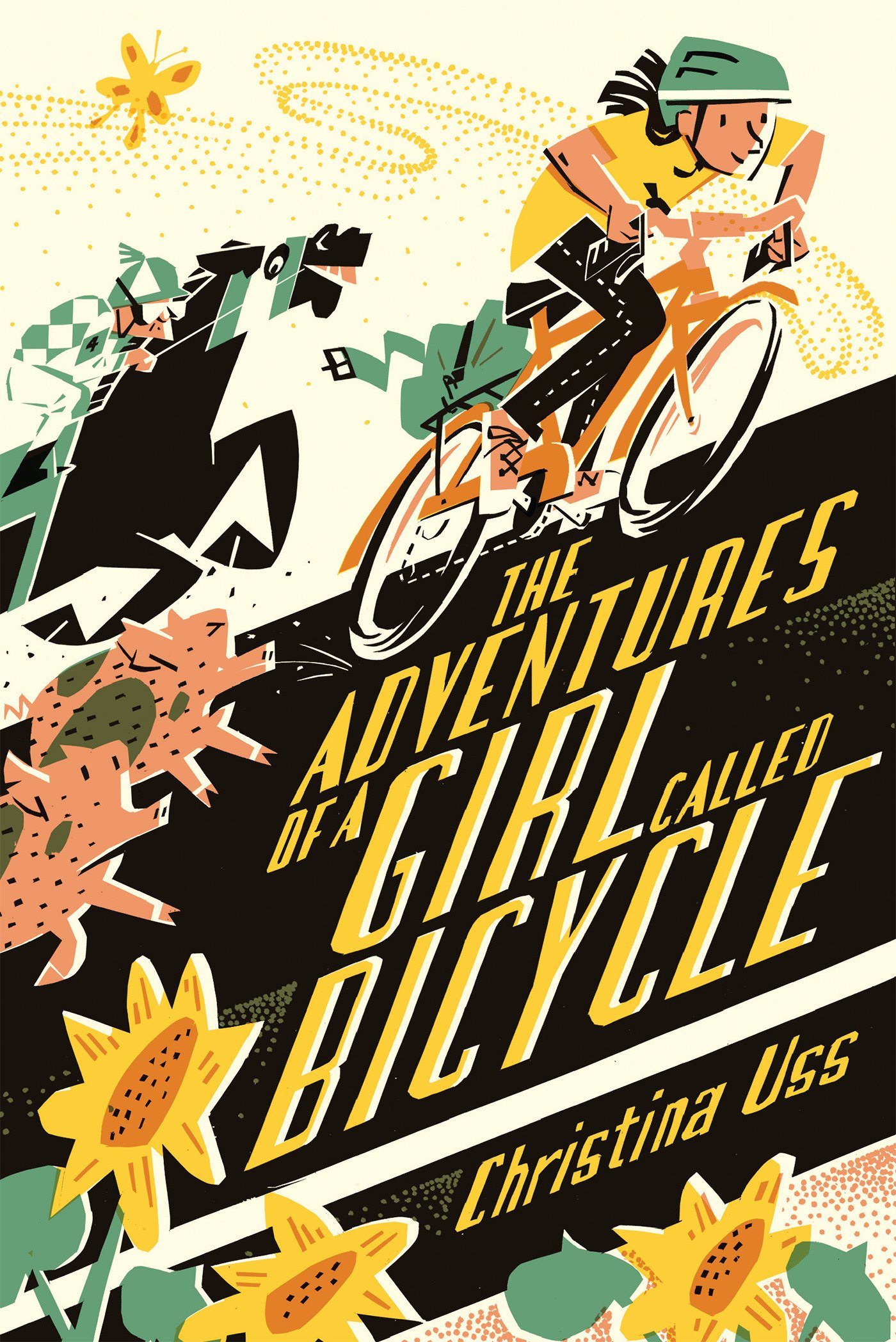







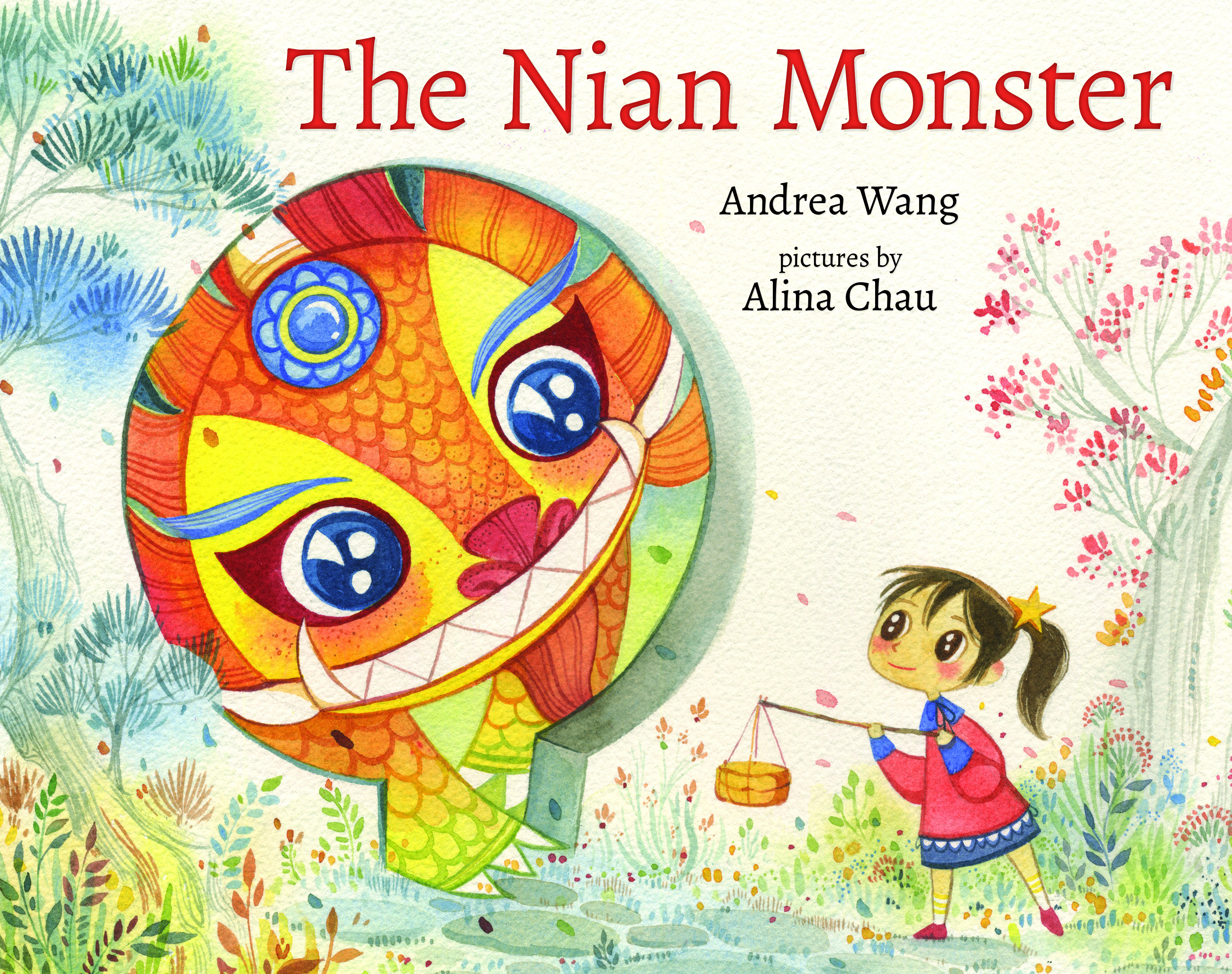
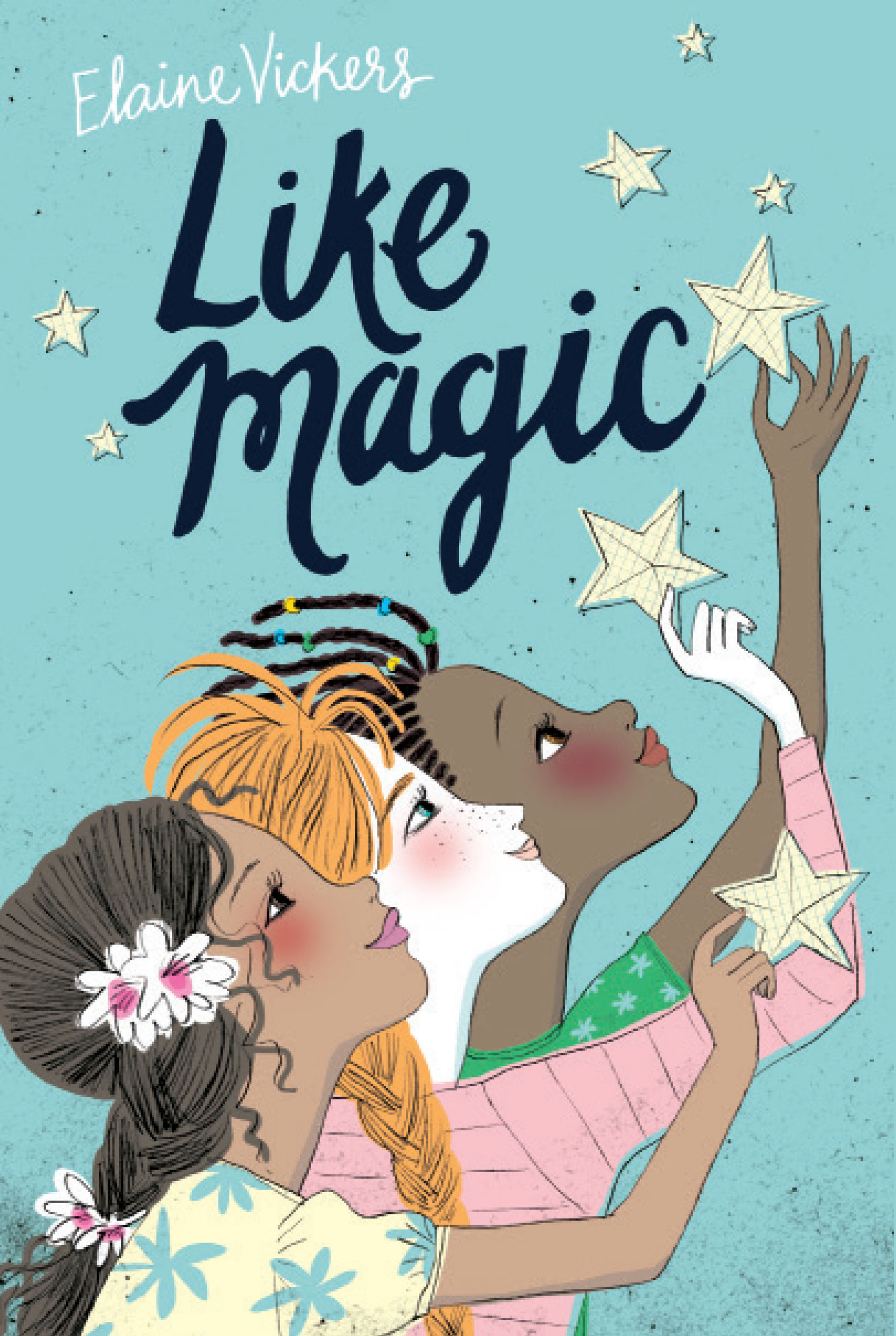
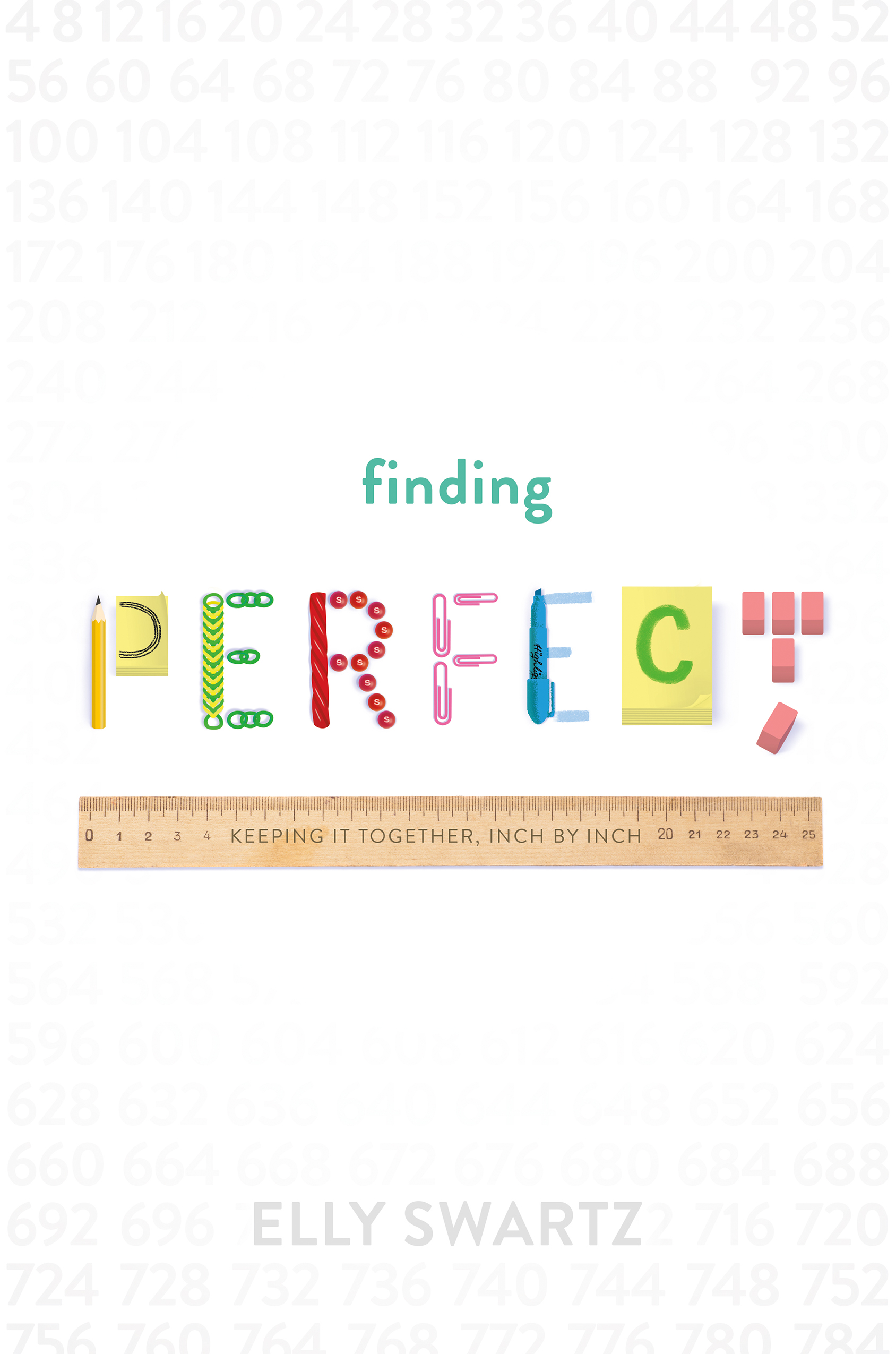
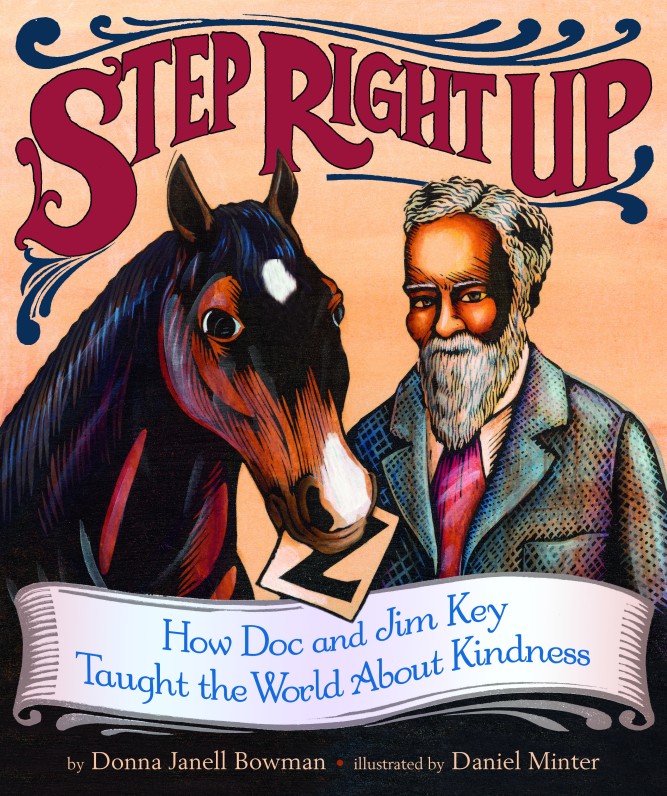
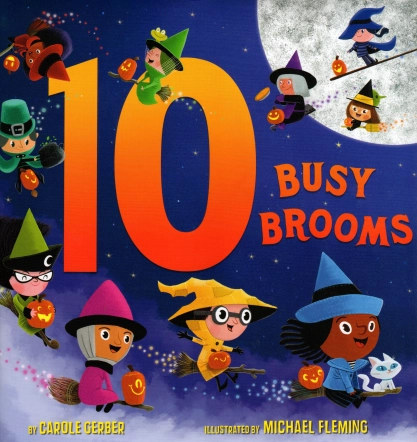

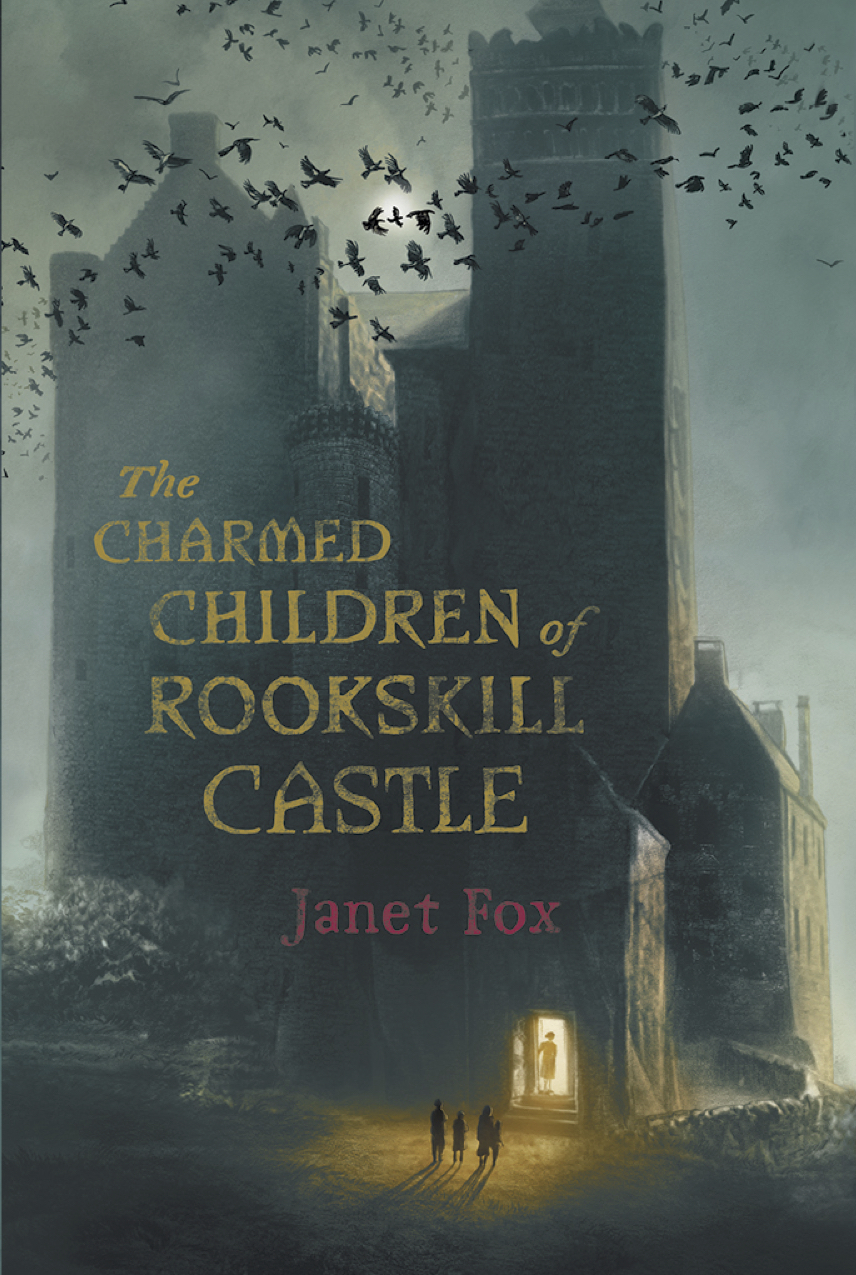
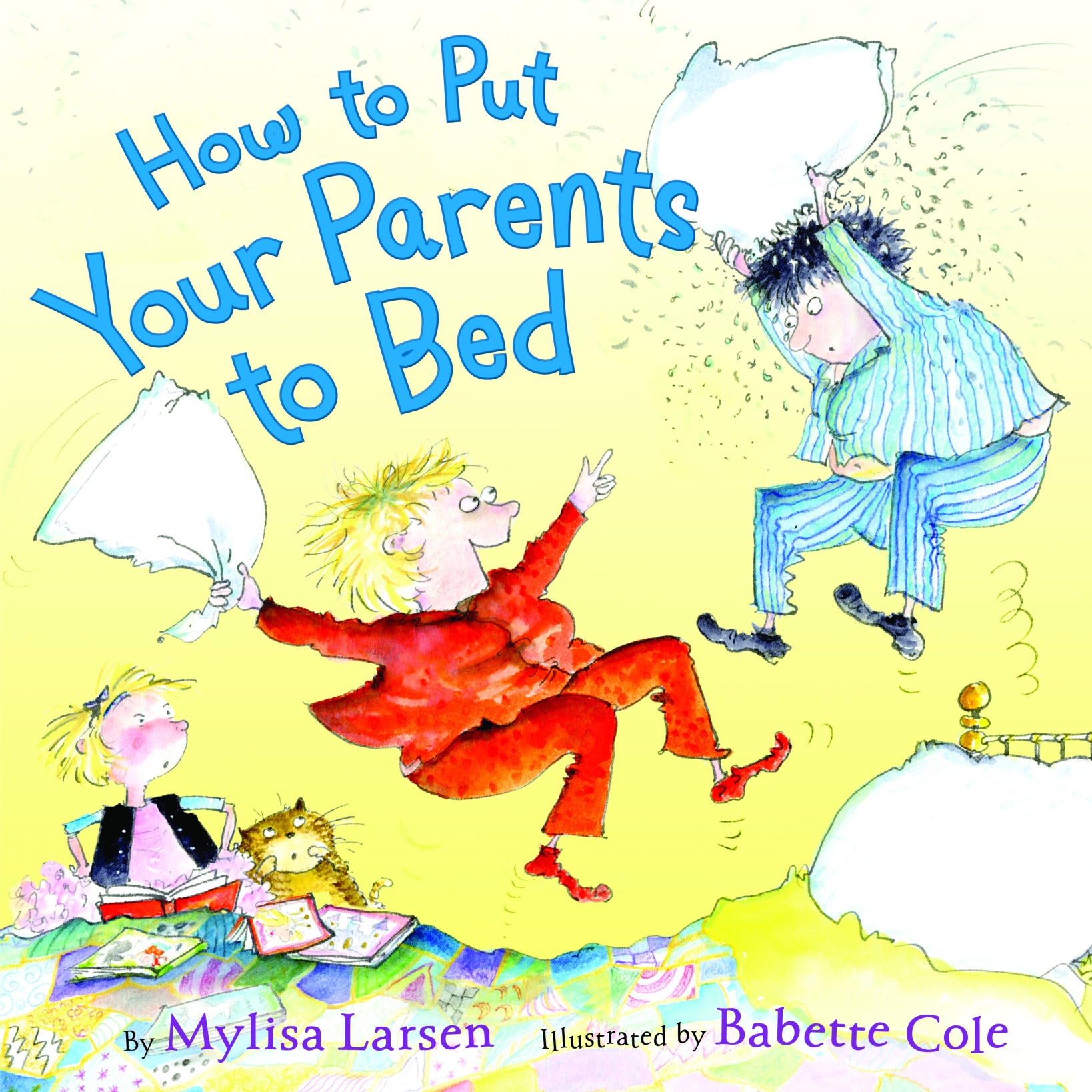



Revision letters seem to be a great opportunity to improve our writing. Almost like taking private lessons. I read your sentence about Spring 1963 and was thinking, “What’s wrong with that?” and then I read your editors correction and I was like “Oh!” These little (and big) lessons courtesy of a publishing house are incredibly valuable. I felt this way with my agent, too….I learned so much from her revisions. So when we all get bogged down, let’s realize we are getting free lessons. 😉
LikeLike
Been there. Deleted that. A universal truth is that every writer needs editing; we get so caught up in the universe of words we created that it’s difficult for us to see it anymore. Once and editor questioned a character’s motivation, which I knew and could explain–only to have her point out that none of that was in the ms. Having it brilliantly in my head does not count. Apparently.
Thank you for sharing your process with us–as always, it helps to know I’m not alone.
LikeLike
My comment needs editing. And copyediting. Can someone take care of that? Thx.
LikeLike
Mix, shake, and repeat. This is certainly a process that started for my manuscript long before it made it to an editors office, and then again after it did. My little book was written and circulated three years ago, only to get the same response from several editors. We pulled it from circulation for me to revise it, which I didn’t really want to do, so I set it on the shelf for two years and did other things instead. When I came back to it and read over it, thinking I would start to “edit,” I absolutely hated it. I threw it away and started over from scratch. I think there is one scene, about two pages long, where I actually copied and pasted the text from the old version to the new. The rest was completely rewritten. So my little story has been through a pretty severe shake and repeat, without much mixing, and it is so much better for it. Now I await editorial notes with a bit of nervousness, but a whole lot of confidence that she is going to make suggestions that make me slap my forehead and say, “why didn’t I see that?!” And in the end, it will come out that much better yet again. But for now, I feel a certain bliss in watching all of you sweat while I am calmly sitting by awaiting comments.
LikeLike
How comforting to see that your margins are as red as mine, Cynthia. 🙂
After hearing you read that amazing (pre-editorial revision letter) excerpt from your book a year ago in Chicago, I can’t imagine it being any better than that. But I know it will, with all the hard work you’re doing now. I cannot WAIT to add your book to my shelves. 🙂
LikeLike
Me, too!
LikeLike
Pingback: What to Expect When You’re Expecting an Editorial Letter | EMU's Debuts